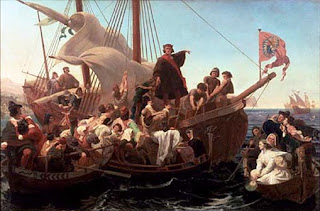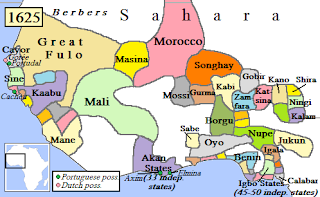10 historical timeline of Lagos
Nothing supersedes history in the past experience of humans, and as historical occurrences is so important for the upcoming generation, the usefulness cannot be neglected. Today on we explore 10 historical occurrences that made Lagos, Nigeria the king of all Nigeria States from the facts that Lagos state was usurped by the Oba of Benin in the late 13th century to the fact that Lagos states only becomes part of Nigeria in 1914. Let go down the Timeline in history. 1300-1400AD: CITING OF HUMAN Long before 13th century, humans have been inhabiting the present site of Lagos state and the people the who got credited for that are a partition of Yoruba ethnicity CALLED THE AWORIS. EARLY-1400AD. PEACE TREATY At some point when the 14th century is still young, when the immersive Benin Empire was a real dominant force to reckon with, the Oba of the Benin Empire, received a formal complaint submitted to him about disturbances along the trade routes on hearing such the king s...










